Sewer repairs can be a daunting and costly endeavor, but advancements in trenchless technology have revolutionized the industry. Pipe lining in Seattle offers a non-invasive, cost-effective, and long-lasting solution for repairing damaged sewer lines without the need for extensive excavation. In this article, we’ll explore how sewer pipe lining in Seattle is transforming the way homeowners and businesses approach sewer maintenance and repair.
What is Pipe Lining?
Pipe lining, also known as cured-in-place pipe (CIPP) lining, is a trenchless sewer repair method that involves inserting a resin-coated liner into an existing damaged pipe. Once in place, the liner hardens, creating a new, durable pipe within the old one. This technique restores the integrity of the sewer line while avoiding the need for extensive digging.
The Benefits of Pipe Lining in Sewer Repairs
Minimal Disruption
Unlike traditional sewer repairs that require excavation, trenchless sewer repairs in Seattle allow for repairs to be completed with little to no disruption to landscaping, driveways, or sidewalks.
Cost-Effective Solution
Pipe lining eliminates the high costs associated with digging, labor, and property restoration, making it a more affordable option compared to full pipe replacements.
Long-Lasting and Durable
CIPP lining materials are designed to last for decades, providing long-lasting pipe lining solutions that resist corrosion, root intrusion, and leaks.
Environmentally Friendly
By reducing the need for extensive excavation and material disposal, pipe lining is a more sustainable alternative to traditional sewer repair methods.
Faster Completion Times
Most pipe lining projects can be completed within a day, significantly reducing the downtime for homeowners and businesses.
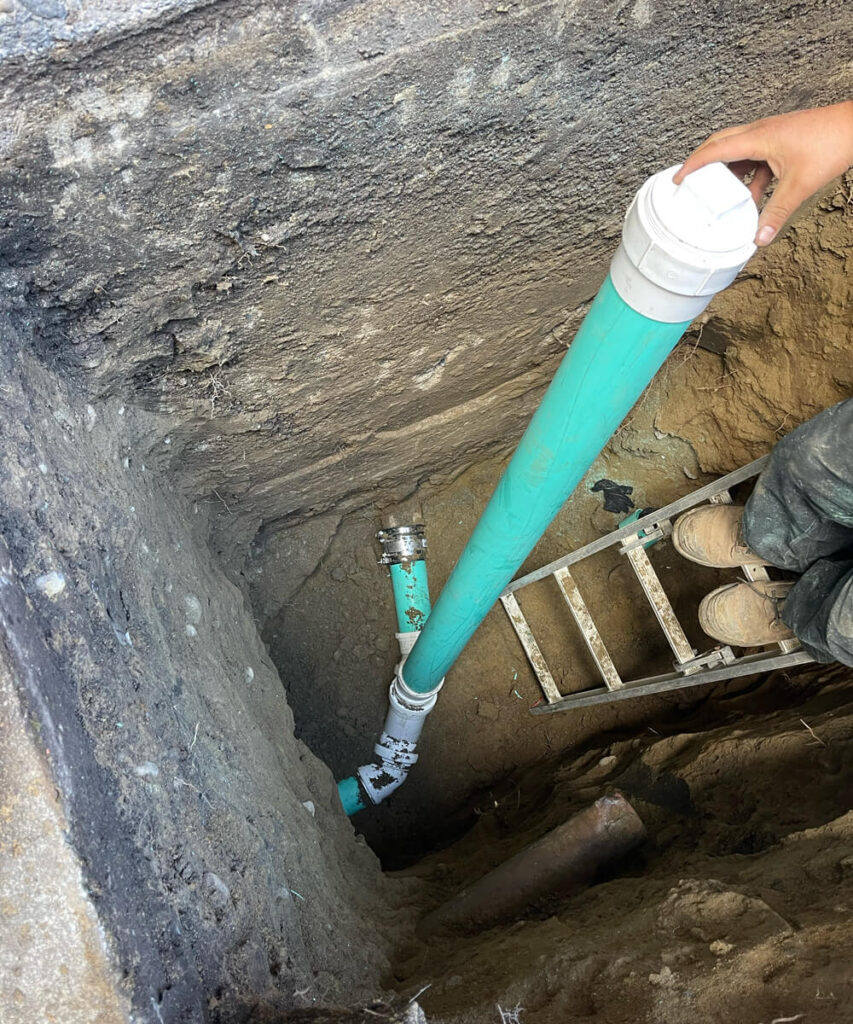
Comparing Pipe Lining with Traditional Sewer Repair Methods
Feature | Pipe Lining | Traditional Sewer Repair |
|---|---|---|
| Digging Required | No | Yes |
| Time to Complete | 1 Day | Several Days to Weeks |
| Cost | Lower | Higher (due to excavation and labor) |
| Durability | 50+ Years | 20–50 Years |
| Environmental Impact | Low | High |
The Pipe Lining Process Explained
- Inspection and Diagnosis – A sewer camera inspection identifies the extent of damage. Check out sewer pipe lining in Seattle for professional assessment.
- Pipe Cleaning – The sewer line is cleaned using hydro jetting to remove debris, roots, and buildup.
- Liner Insertion – A resin-coated flexible liner is inserted into the damaged pipe.
- Curing Process – The liner is inflated and cured using hot water, steam, or UV light.
- Final Inspection – A final camera inspection ensures proper installation and functionality.
Cost Considerations for Pipe Lining in Seattle
The cost of pipe lining in Seattle varies based on factors such as pipe length, damage severity, and accessibility. On average, pipe lining costs range from $80 to $250 per linear foot, making it a cost-effective alternative to traditional methods.
Choosing the Right Pipe Lining Service
When selecting a pipe lining service, consider:
- Experience and Reputation – Choose a company with proven expertise in trenchless sewer repairs in Seattle.
- Certifications and Licensing – Ensure the company is licensed and follows industry standards.
- Warranty Offerings – Look for service providers that offer long-term warranties on their work.
- Customer Reviews – Positive feedback from previous clients is a good indicator of reliability.
For reliable and expert service, visit KnightRooter to explore professional sewer repair solutions.
Common Causes of Sewer Line Damage
- Tree Root Intrusion – Tree roots can penetrate sewer lines, causing blockages and pipe damage.
- Aging Infrastructure – Older pipes are prone to corrosion, leaks, and collapse.
- Shifting Soil – Changes in soil composition due to weather conditions can stress underground pipes.
- Grease and Debris Buildup – Household waste like grease and soap scum can accumulate, leading to clogs.
Preventative Maintenance Tips for Sewer Lines
- Schedule regular inspections to detectproblems early.
- Avoid flushing non-biodegradable materials like wipes and feminine hygiene products.
- Use enzyme-based cleaners to keep pipes clear.
- Trim tree roots near sewer lines to prevent root intrusion.
The Future of Trenchless Sewer Repairs
The pipe lining industry continues to evolve with new advancements in materials and installation techniques. The future may include:
- Smart sewer systems that detect damage before issues arise.
- More efficient curing methods to speed up installation times.
- Eco-friendly resins that enhance durability and sustainability.
Conclusion
Pipe lining is transforming sewer repairs in Seattle by providing an efficient, durable, and cost-effective alternative to traditional excavation methods. Whether you need long-lasting pipe lining solutions or a quick fix for your sewer issues, trenchless sewer repairs in Seattle offer an excellent option for homeowners and businesses alike.
For expert pipe lining services, check out Trenchless Sewer Repairs Seattle and get your sewer system back in top condition.
1: How long does pipe lining last?
Pipe lining materials are designed to last over 50 years, making them a durable solution for sewer repairs.
2: Can pipe lining be used for all sewer problems?
Pipe lining is effective for most sewer line issues, but severely collapsed pipes may require full replacement.
3: Is pipe lining safe for my home?
Yes, pipe lining is a safe and non-invasive method that restores sewer functionality without major disruptions.
4: How do I know if I need pipe lining or replacement?
A professional sewer camera inspection can determine whether pipe lining is a suitable solution for your sewer line.
For professional and fast drain cleaning Bothell, drain cleaning Seattle, and drain cleaning Bellevue, contact KnightRooter. Our team is ready to provide the best solutions for your drain issues.

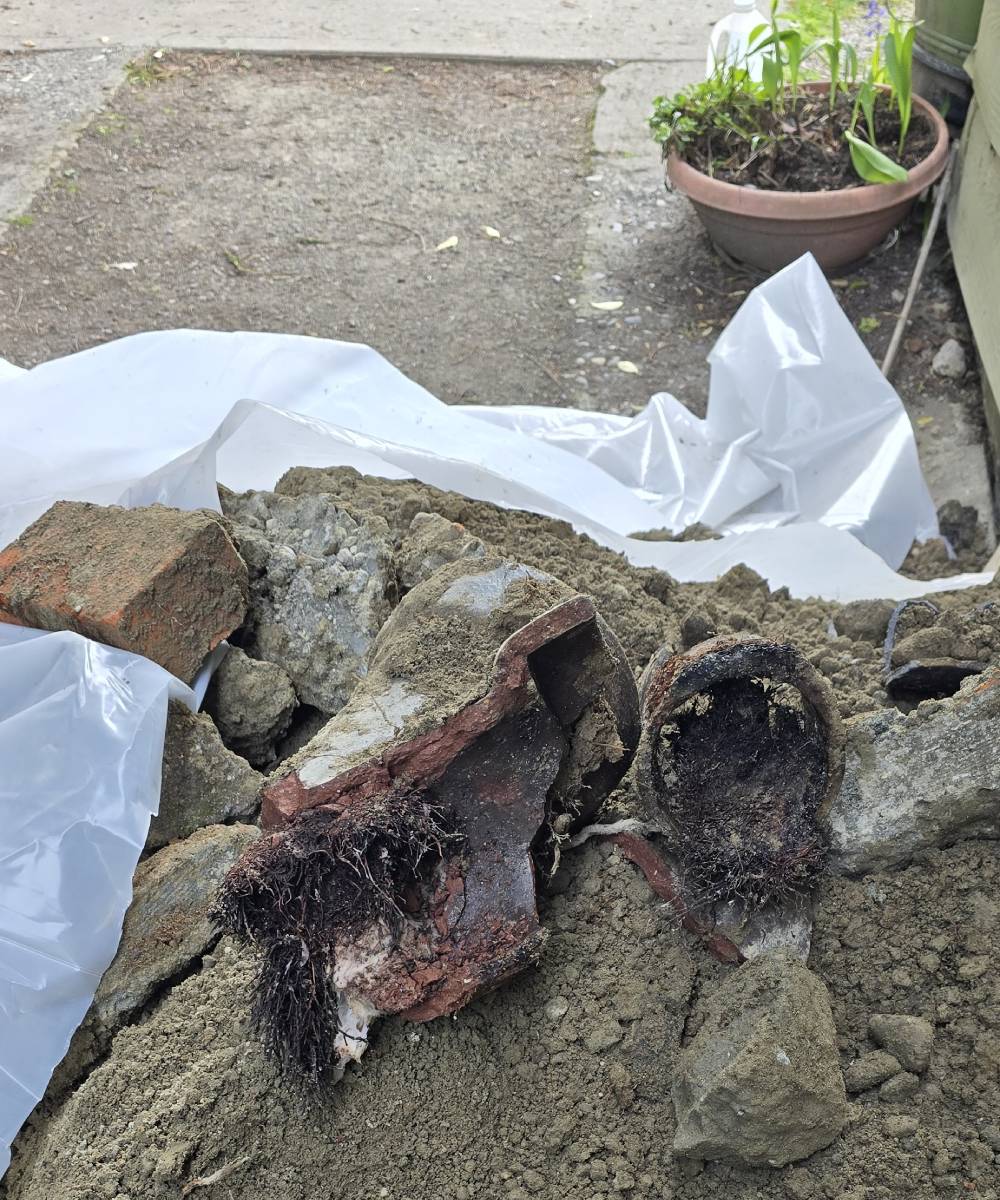
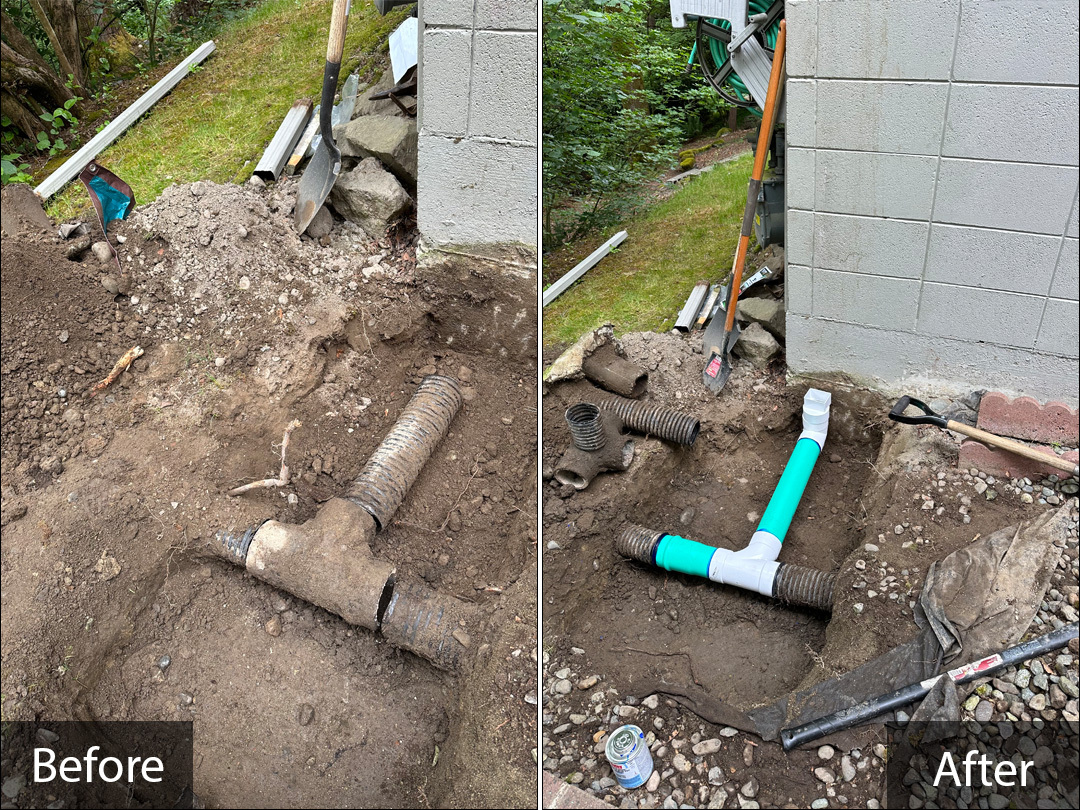
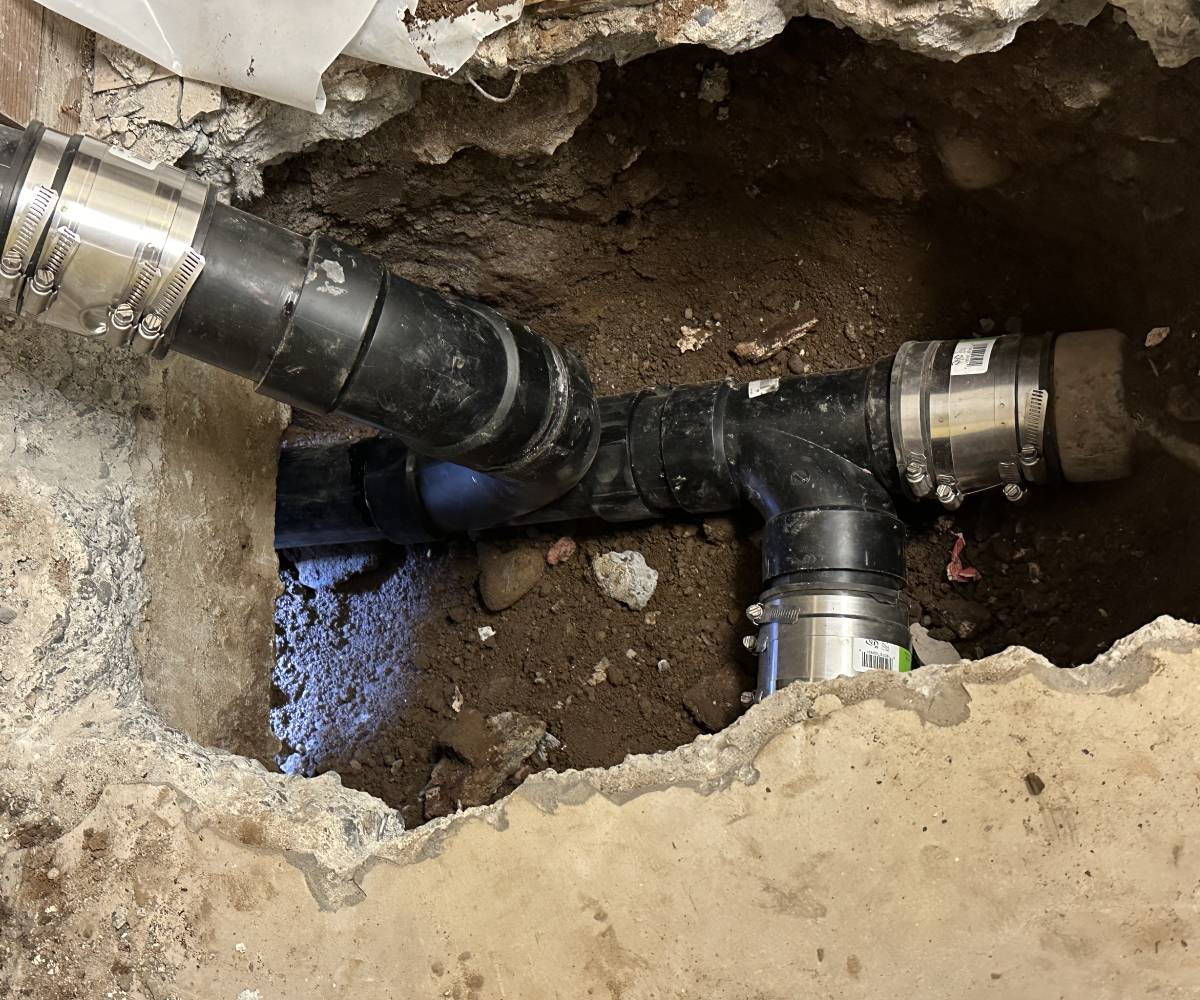
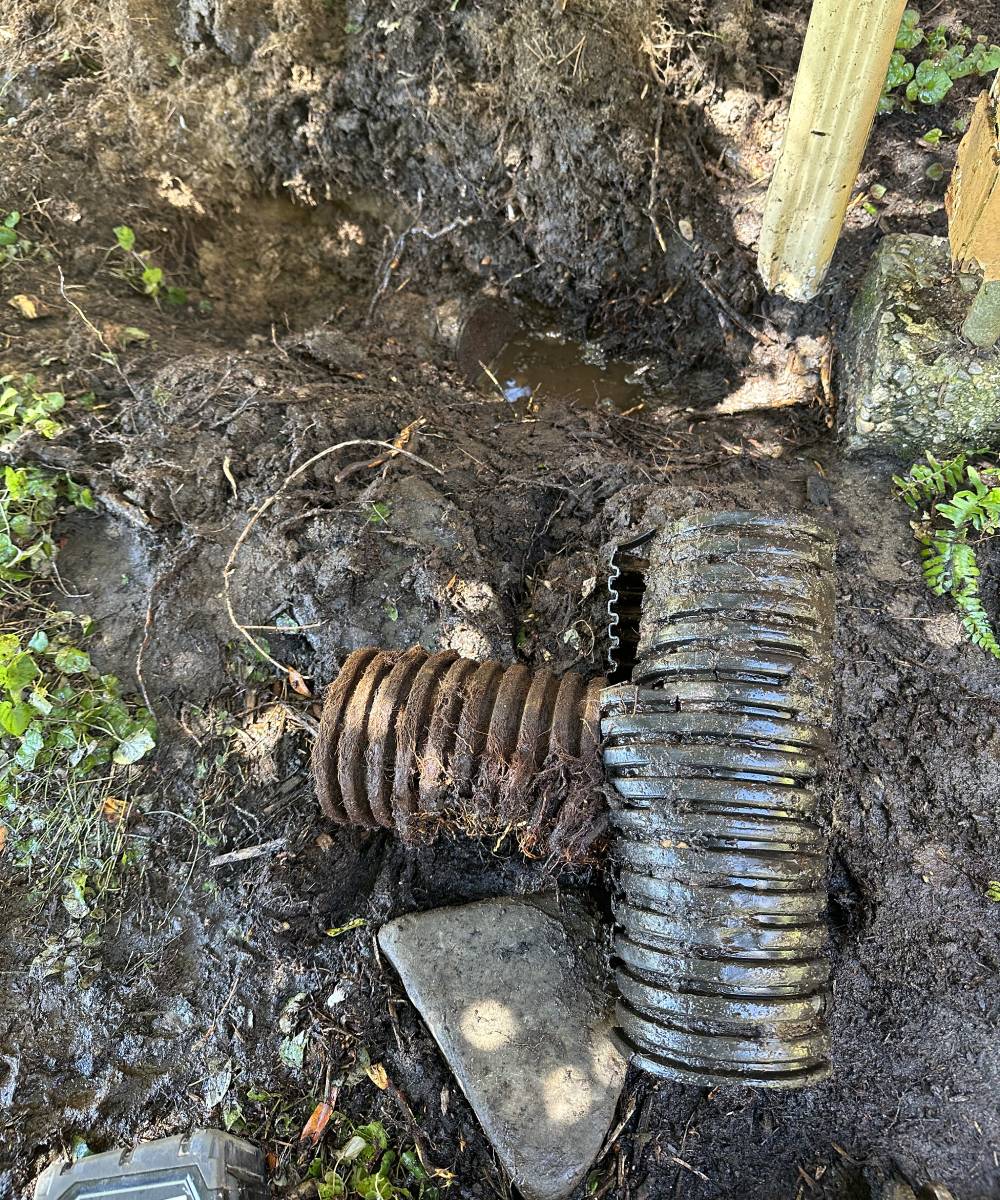
No comment yet, add your voice below!